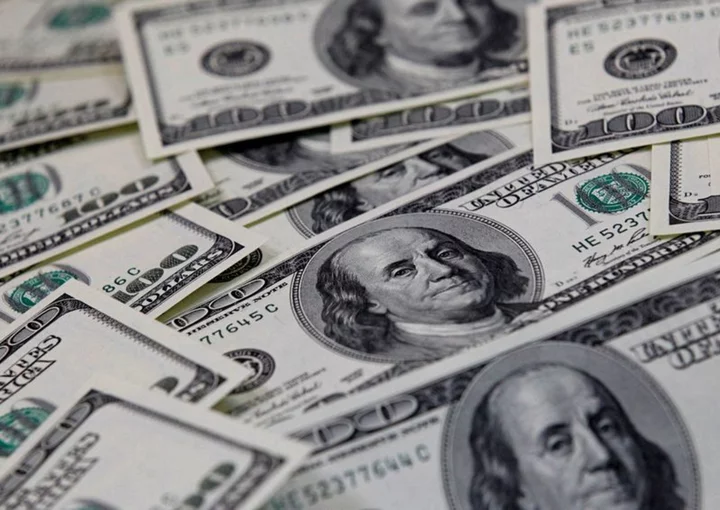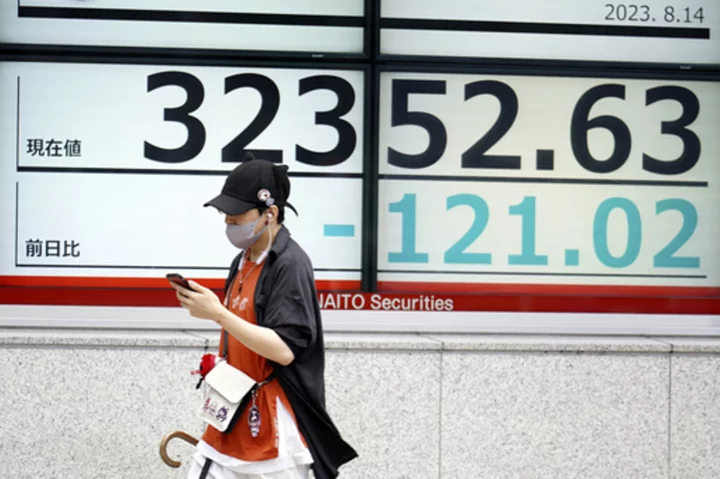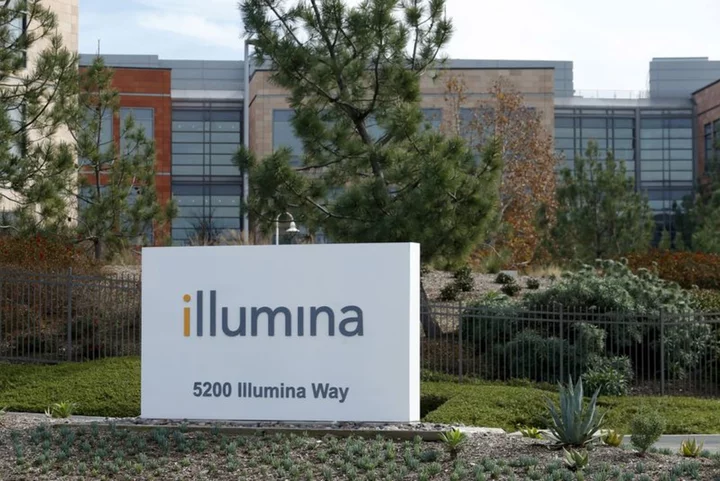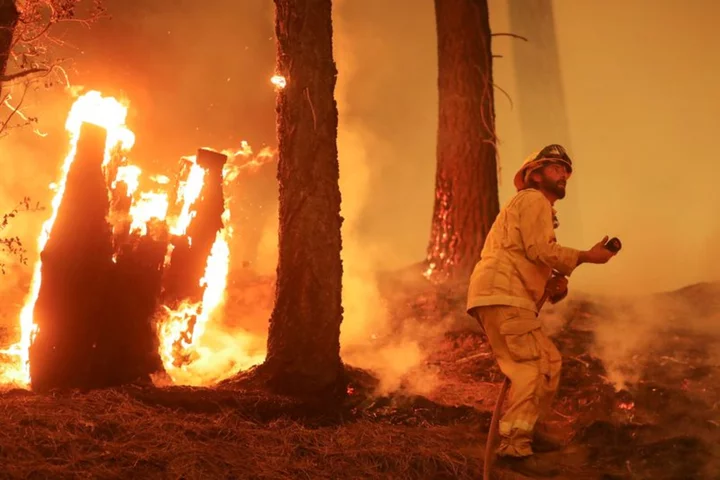By Jamie McGeever
ORLANDO, Florida Investors are hoping policymakers gathering at the Kansas City Fed's annual Jackson Hole Symposium later this month will shed light on one of the murkiest - yet fundamentally most important - tenets of monetary policy: R-star.
Even before the pandemic, accurately gauging the theoretical real rate of interest - the equilibrium rate consistent with potential growth and stable, on-target 2% inflation - was a tough call. It is even more challenging now.
Which is why markets are desperate for any insight into policymakers' thinking. Fed officials won't give a steer on the immediate policy path but their view on whether the nexus between inflation, growth and interest rates has fundamentally changed since the COVID shock would be gold dust.
R-star is critical for understanding the economy's potential over the long term, and therefore central to estimates of what growth, corporate earnings, and investment returns might be.
It is a particularly sensitive topic now as the Fed nears the end of its hiking cycle and real yields on 10-year U.S. Treasuries hit 14-year highs.
Recent papers by New York and Dallas Fed staffers have dug into the short-term and longer-term estimates for R-star, and this might be something that is fleshed out more at Jackson Hole.
"Discussions at Jackson Hole could be used to separate the near-term outlook for R-star from the long-term outlook, to see if long-term trends have shifted since COVID," said Gennadiy Goldberg, head of U.S. rates strategy at TD Securities.
Goldberg notes that if the pre-pandemic consensus R-star was "relatively low with a wide uncertainty band", it is now "relatively low with a huge uncertainty band".
Even the New York Fed's two most renowned R-star indicators, the Laubach-Williams model and the Holston-Laubach-Williams model, are, metaphorically speaking, miles apart.
The LW model suggests the prevailing longer-term natural rate of interest for the U.S. economy is 1.14%, and the HLW model points to 0.58%. The discrepancy points to the ambiguity and nebulous nature around the whole concept of R-star.
Enrique Martínez-García, author of a Dallas Fed blog in July titled "Gazing at r-star: Gauging U.S. monetary policy via the natural rate of interest", estimates long-run R-star at around 0.70% and R-star over a three-month horizon of -0.30%.
"Imperfect as it is, my model suggests rates will remain high for a period of time, ending the policy cycle at somewhat lower levels than those we see right now, but still higher than at any other point during the post-GFC period," Martínez-García said, referring to the Great Financial Crisis.
R-STAR GAZING
The ambiguity around R-star, particularly since COVID, is highlighted by the wide divergence of opinion in the Dallas and New York Fed research.
Martínez-García's estimate of short-term R-star is negative, while the New York Fed staffers' models suggest it has "increased considerably over the past year".
If the short-term neutral rate of interest is higher than previously thought and close to the current fed funds target range of 5.25-5.50%, then it helps explain why the economy is holding up far better than most analysts had expected.
It could explain why economists at Goldman Sachs, Citi, JP Morgan and others have pushed back or removed their recession calls, and feeds into the view that the Fed may not ease policy any time soon.
"If they (policymakers) push that argument more officially, it would reduce the urgency of cutting the funds rate," Goldman Sachs strategist David Mericle wrote this week, referring to Jackson Hole.
Looking further ahead, New York Fed President John Williams reckons the longer-term neutral rate today is probably just as low as it was before the pandemic, somewhere between zero and 1%.
"I haven't seen really any strong evidence that neutral rates have yet risen much beyond what they were, say before the pandemic," he told the New York Times.
This year's Jackson Hole Symposium, under the broad theme of "Structural Shifts in the Global Economy", could not come at a more critical juncture for the Fed or markets.
The Fed is near the end of its tightening cycle having raised interest rates by 525 basis points to the highest since 2007. Monetary policy is restrictive, and inflation could soon boast a 2% 'handle'.
But by many other measures, the economy is defying gravity - unemployment is near its lowest in over 50 years, retail sales are booming and the Atlanta Fed's GDPNow model is estimating third-quarter growth at a stunning 5% annualized rate.
Longer-dated real bond yields have shot up to their highest level since 2009 even as market expectations for inflation and Fed rates have held steady. This suggests investors are sending a signal that R-star could ultimately be higher, although by how much and over what time frame is far from clear.
It is this lack of visibility investors hope can be lifted a little at Jackson Hole.
(The opinions expressed here are those of the author, a columnist for Reuters.)
(By Jamie McGeever)









